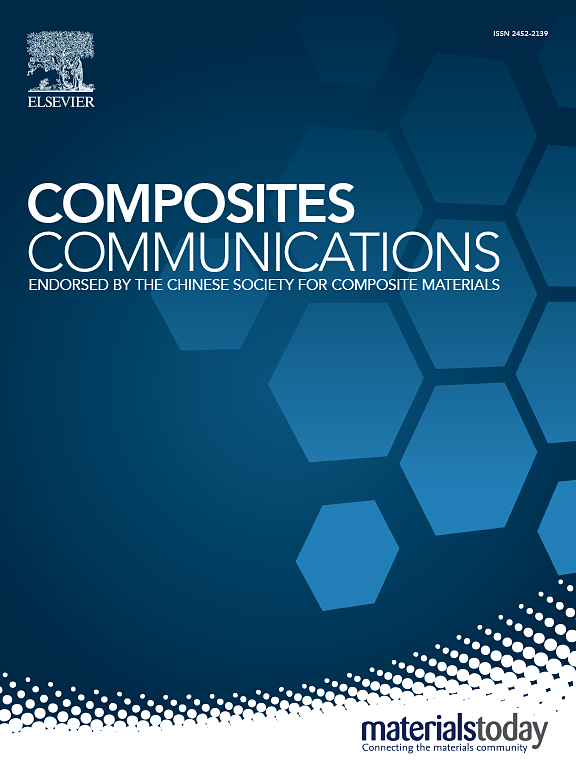木材过滤器表面Al3+-羧甲基纤维素超亲水性层的构建及油水乳液的高效分离
IF 6.5
2区 材料科学
Q1 MATERIALS SCIENCE, COMPOSITES
引用次数: 0
摘要
近年来,以廉价可再生木材为原料研制油水乳化液分离过滤器,用于含油废水的分离和净化,受到了广泛的关注。然而,木材截面片孔径较大,难以有效分离废水中的乳化油(5-20 μm)。我们提出用浸涂法在木材过滤器表面构建致密的Al3+-羧甲基纤维素超亲水性层,用于分离油/水乳液。Al3+-CMC层表现出稳定的θoil >表面超润湿性;在水下160°,排斥非极性油相,选择性地允许水通过。经优化后的木滤池乳液分离效率为96.32%,过滤通量为410 L m−2 h−1 bar−1。即使经过6次循环也能保持稳定的可回收物。Al3+-CMC@DW过滤器在油水乳液分离中具有相当大的实际应用潜力。本文章由计算机程序翻译,如有差异,请以英文原文为准。
Construction of Al3+-carboxymethyl cellulose superhydrophilic layer on wood filter surface for highly efficient oil/water emulsion separation
Recently, there has been significant attention given to the development of oil-water emulsion separation filters made from renewable and inexpensive wood for the separation and purification of oily wastewater. However, the relatively large pore sizes of wood cross-section slices make it challenging to effectively separate emulsified oils (5–20 μm) in wastewater. We propose constructing a dense superhydrophilic layer of Al3+-carboxymethyl cellulose on the surface of a wood filter using a dip-coating process for separating oil/water emulsions. The Al3+-CMC layer exhibits stable surface superwettability with θoil > 160° under water, which repels the non-polar oil phase and selectively allows water to pass through. The wood filter optimized for emulsion separation can achieve an efficiency of 96.32 % and a filtration flux of 410 L m−2 h−1 bar−1. It maintains stable recyclables even after 6 cycles. The Al3+-CMC@DW filter shows considerable potential for practical applications in oil/water emulsion separation.
求助全文
通过发布文献求助,成功后即可免费获取论文全文。
去求助
来源期刊

Composites Communications
Materials Science-Ceramics and Composites
CiteScore
12.10
自引率
10.00%
发文量
340
审稿时长
36 days
期刊介绍:
Composites Communications (Compos. Commun.) is a peer-reviewed journal publishing short communications and letters on the latest advances in composites science and technology. With a rapid review and publication process, its goal is to disseminate new knowledge promptly within the composites community. The journal welcomes manuscripts presenting creative concepts and new findings in design, state-of-the-art approaches in processing, synthesis, characterization, and mechanics modeling. In addition to traditional fiber-/particulate-reinforced engineering composites, it encourages submissions on composites with exceptional physical, mechanical, and fracture properties, as well as those with unique functions and significant application potential. This includes biomimetic and bio-inspired composites for biomedical applications, functional nano-composites for thermal management and energy applications, and composites designed for extreme service environments.
 求助内容:
求助内容: 应助结果提醒方式:
应助结果提醒方式:


